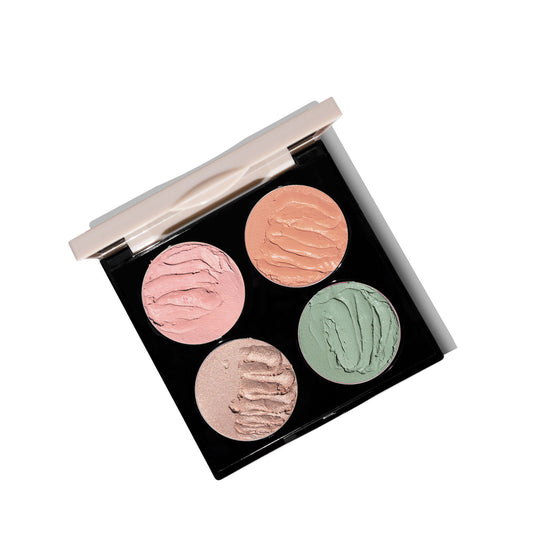Mindfulness helps us regulate our emotions, manage stress levels better while decreasing anxiety and depression. These techniques help us remain calm during difficult situations which has overwhelming benefits for the health of our heart, blood pressure, pain management and even for our sleep. In the face of the pandemic the world is grappling with and its impact, these techniques are useful for everyone to practice to help us stay regulated while self isolating and staying home.
The major components of practising mindfulness are intention, attention, and attitude. You have to know what you want to get out of mindfulness. This is your intention and the stronger it is, the more committed you can become to practising mindfulness. Once you have your intention, you shift your focus to paying attention to both your internal and external world. This can involve observing your thoughts, sensations, as well as noticing whatever is unfolding in front of you. While you pay attention, the key to practising mindfulness is to maintain an attitude that is curious, open, and non-judgemental.
One of the simplest techniques to practice mindfulness is mindful breathing. The purpose of this is to just notice, accept, and be aware of your breath. Bring all your attention to the physical act of breathing and just notice your breath as it enters your body through your nose and travels to your lungs. Notice whether the breaths are shallow or deep, whether they are cool or warm, and where they enter and where they depart. Follow your breaths on their path through your body. Don’t attempt to change anything, just notice and focus while allowing your body to do what it does. You can start this exercise for 5 minutes initially and build up daily.
This technique can be practised across a wide variety of daily activities like eating, walking, and listening. For mindful eating for example, you come to a place of mindfulness before you start eating by becoming aware of the what your body needs and how it reacts to the stimulus of food, like saliva production increasing. Focus with awareness on the texture, shape, and aroma of the food. Hold it in your hand and experience that feeling. Bring it to your nose and inhale the aroma while noticing the sensations. Finally put in your mouth and chew slowly and consciously, aware of every bite and every sensation as you chew.
Other than this, daily meditation, doing a body scan, focusing on mindfulness when engaging in mundane activities like washing dishes, folding clothes, etc. are all simple and easy techniques to practice mindfulness. Be sure to put up visual reminders to make this a daily practice as well as check in with yourself and your body when you wake up and when you sleep.
What are some of your favourite mindfulness practices? Do let us know in the comments below.





















